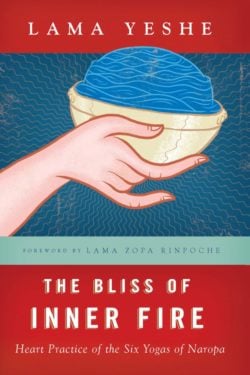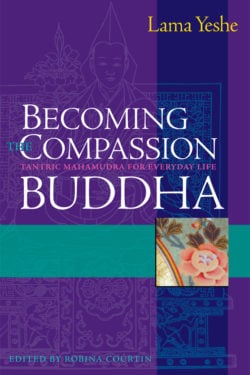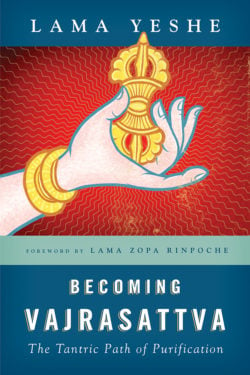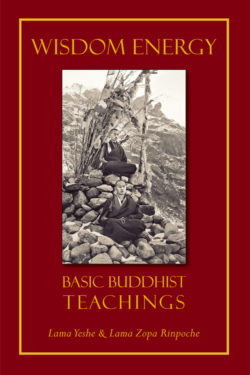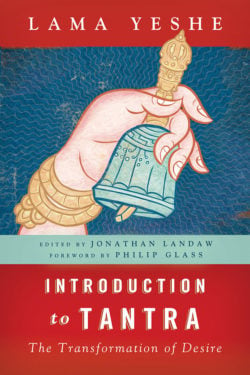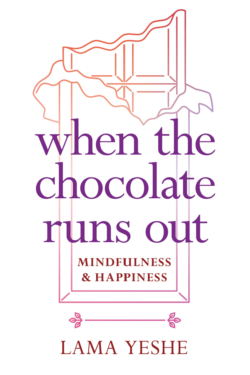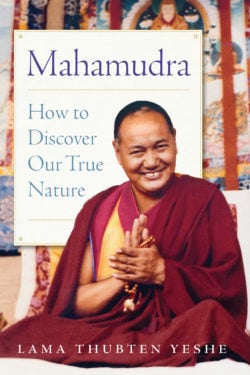Lama Thubten Yeshe
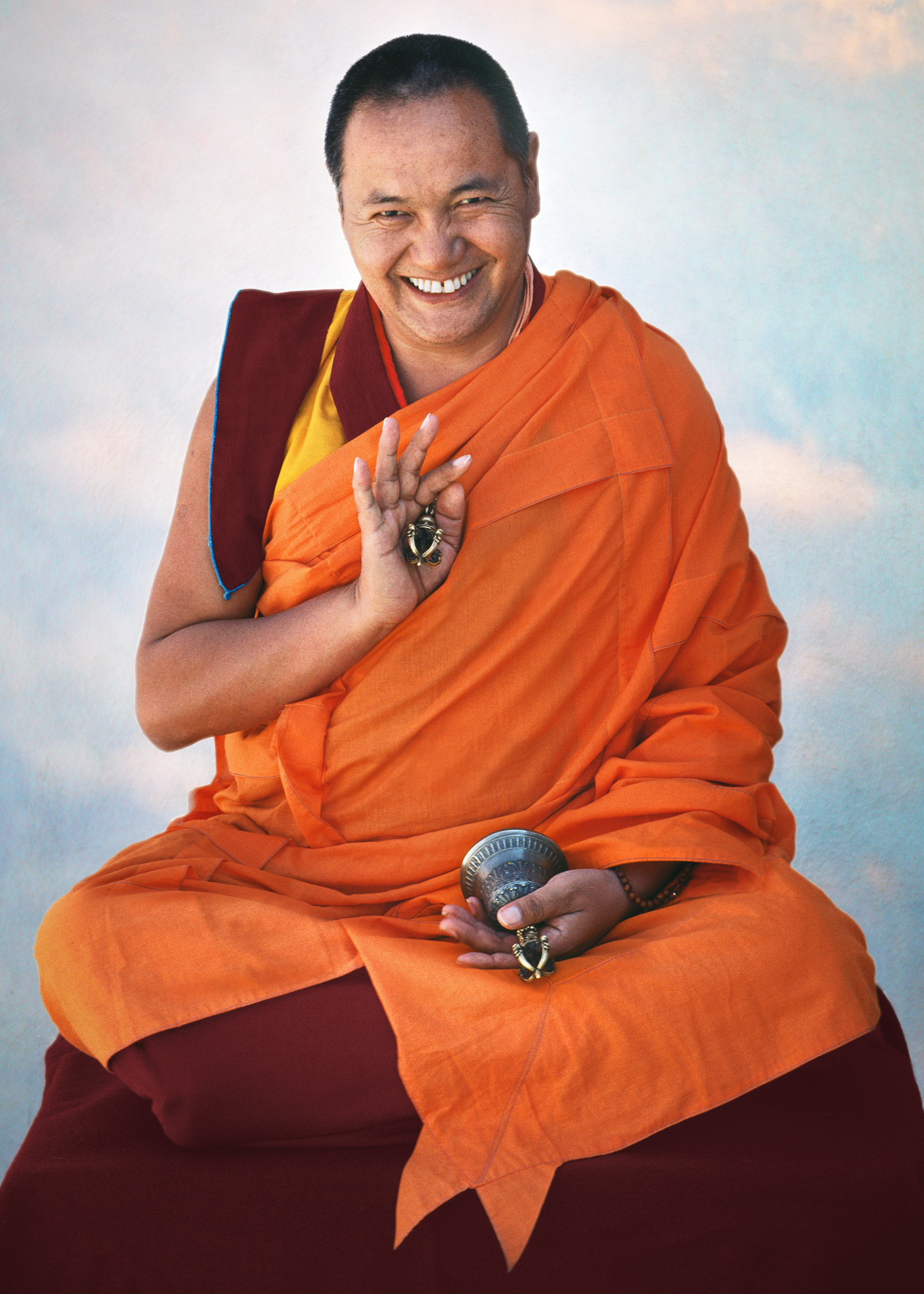
Lama Thubten Yeshe (1935–84) was born in Tibet and educated at the great Sera Monastic University. He fled the Chinese oppression in 1959. In the late 1960s, with his chief disciple Lama Thubten Zopa Rinpoche, he began teaching Buddhism to Westerners at Kopan Monastery, Kathmandu, Nepal. In 1975 they founded the international Buddhist organization the Foundation for the Preservation of the Mahayana Tradition (FPMT), which now has more than 160 centers, projects, and services worldwide.
Books, Courses & Podcasts
The Bliss of Inner Fire
In the classic bestseller, Introduction to Tantra, Lama Yeshe offered a profound and wonderfully clear glimpse into the sophisticated practices of Tibetan Buddhist tantra. This present book, the last major teachings of this great lama, opens up the world of advanced practices for Highest Yoga Tantra initiates in much the same way his earlier work opened up the world of tantra in general.
Following Je Tsongkhapa’s (1357-1419 C.E.) text Having the Three Convictions, Lama Yeshe introduces the renowned Six Yogas of Naropa, focusing mainly on the first of these six, the practice of inner fire (tummo). Mastery of inner fire quickly brings the mind to its most refined and penetrating state—the experience of clear light, an extra-ordinarily powerful state of mind that is unequaled in its ability to directly realize ultimate reality.
Lama Yeshe felt that twentieth-century Westerners could easily grasp the often misunderstood ideas of this esoteric tradition: “We really need tantra these days because there is a tremendous explosion of delusion and distraction.and we need the atomic energy of inner fire to blast us out of our delusion.”
Lama Yeshe’s aim was for his students to actually taste the experience of inner fire rather than merely gain an intellectual understanding. Lama’s own realization of the transformative power of these practices comes through, inspiring his students to discover for themselves their own capacity for inexhaustible bliss.
Read Tsongkhapa’s biography at the Treasury of Lives.
Becoming the Compassion Buddha
Not only was Lama Yeshe one of the most beloved Tibetan Buddhist masters of the late twentieth century, he was also a remarkably effective teacher and communicator. In Becoming the Compassion Buddha, just as he did with his bestselling Introduction to Tantra, he once again demonstrates his extraordinary ability to present practices that once were considered arcane or hidden in a way that is clear and understandable to the general reader.
In these pages, Lama Yeshe guides readers through the tantric practice of Avalokiteshvara, the Buddha of Compassion, basing his instructions on a text written by His Holiness the Dalai Lama at age nineteen. He gives special emphasis to mahamudra, the emptiness of one’s own mind, and demystifies these esoteric techniques, clearly showing them for what they are: highly developed psychology. Throughout, Lama Yeshe presents his approachable teachings by drawing on examples from daily life and introducing meditation practices that all can follow. Becoming the Compassion Buddha is an extraordinary book that opens new doors for countless readers.
Becoming Vajrasattva
“The practice of purification is one of the most important solutions to life’s problems.”—Lama Zopa Rinpoche
Common to all four traditions of Tibetan Buddhism, the practice of Vajrasattva is used to purify negative karma, illness, and obstacles to spiritual development. Lama Yeshe, the inspirational teacher who strongly influenced the development of Buddhism in the West, found that the practice of Vajrasattva brought dramatic results for his Western students. Becoming Vajrasattva is a complete guide to this purification practice, providing instruction on the method, commentary on the traditional texts, and insight into tantra. Also included is an entire section of complete retreat instructions—indispensable reading material for anyone undertaking a retreat in the Tibetan tradition.
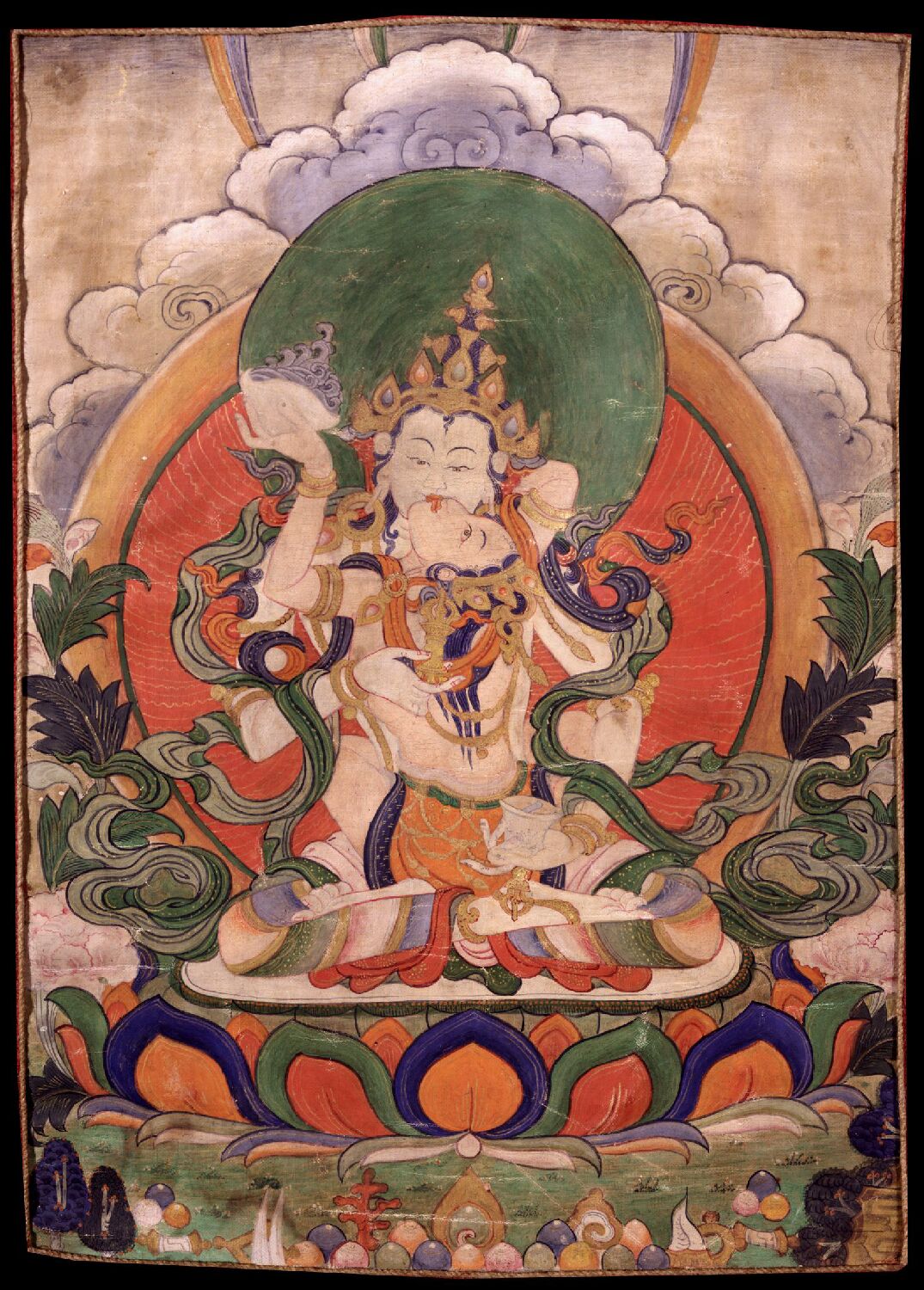
Wisdom Energy
Wisdom Energy is a simple and compelling introduction to Buddhism by two Tibetan lamas renowned for their insight and skill in teaching Westerners. Containing an entire meditation course, it goes to the heart of basic Buddhist practice and discusses the meaning and purpose of meditation, the causes of dissatisfaction and unhappiness, and the methods for subduing them and gaining control over our minds and lives. Originally published in 1976, Wisdom Energy still preserves the power, humor, and directness of the lamas’s first teaching tour of North America, giving the reader the feeling of an intimate audience with two highly respected teachers.
Introduction to Tantra
What is tantra? Who is qualified to practice it? How should it be practiced? What are the results? According to Buddhism, every human being has the potential to achieve profound and lasting happiness. And according to the tantric teachings of Buddhism, this remarkable transformation can be realized very quickly if we utilize all aspects of our human energy—especially the energy of our desires. Introduction to Tantra is the best available clarification of a subject that is often misunderstood. Tantra recognizes that the powerful energy aroused by our desire is an indispensable resource for the spiritual path. It is precisely because our lives are so inseparably linked with desire that we must make use of desire’s tremendous energy not just for pleasure, but to transform our lives. Lama Yeshe presents tantra as a practice leading to joy and self-discovery, with a vision of reality that is simple, clear, and relevant to 21st-century life.
When the Chocolate Runs Out
To know Lama Yeshe was to know he loved chocolate; it was his favorite metaphor to describe the nature of our attachments.
This funny and trenchant little volume answers the question of how we can be happy even after the “chocolate” has run out. By cutting the cords of attachment, we discover the indestructible happiness that has always been—and always will be—available to us.
Capturing the remarkable personality of Lama Yeshe, who played an integral role in introducing Tibetan Buddhism to the western world, When the Chocolate Runs Out will delight both readers who knew Lama Yeshe for decades and those who have never encountered this timelessly inspiring teacher.
At once lighthearted and profound, this delightful book of wisdom is a perfect companion to How to Be Happy by Lama Zopa Rinpoche.
Mahamudra
Lama Yeshe tells us that mahamudra is “the universal reality of emptiness, of nonduality” and its unique characteristic is its emphasis on meditation: “With mahamudra meditation there is no doctrine, no theology, no philosophy, no God, no Buddha. Mahamudra is only experience.”
He relies on the First Panchen Lama’s well-known Root Text of Genden Mahamudra, which in a few short pages provides the pith instructions for, first, overcoming distraction and resting in meditative stillness on the clarity of one’s own mind, and then by using a subtle wisdom, penetrating its ultimate nature, its emptiness.
As always, Lama Yeshe’s words are direct, funny, and incredibly encouraging. He gets us to go beyond ego’s addiction to a limited sense of self and to taste the lightness and expansiveness of our own true nature.

